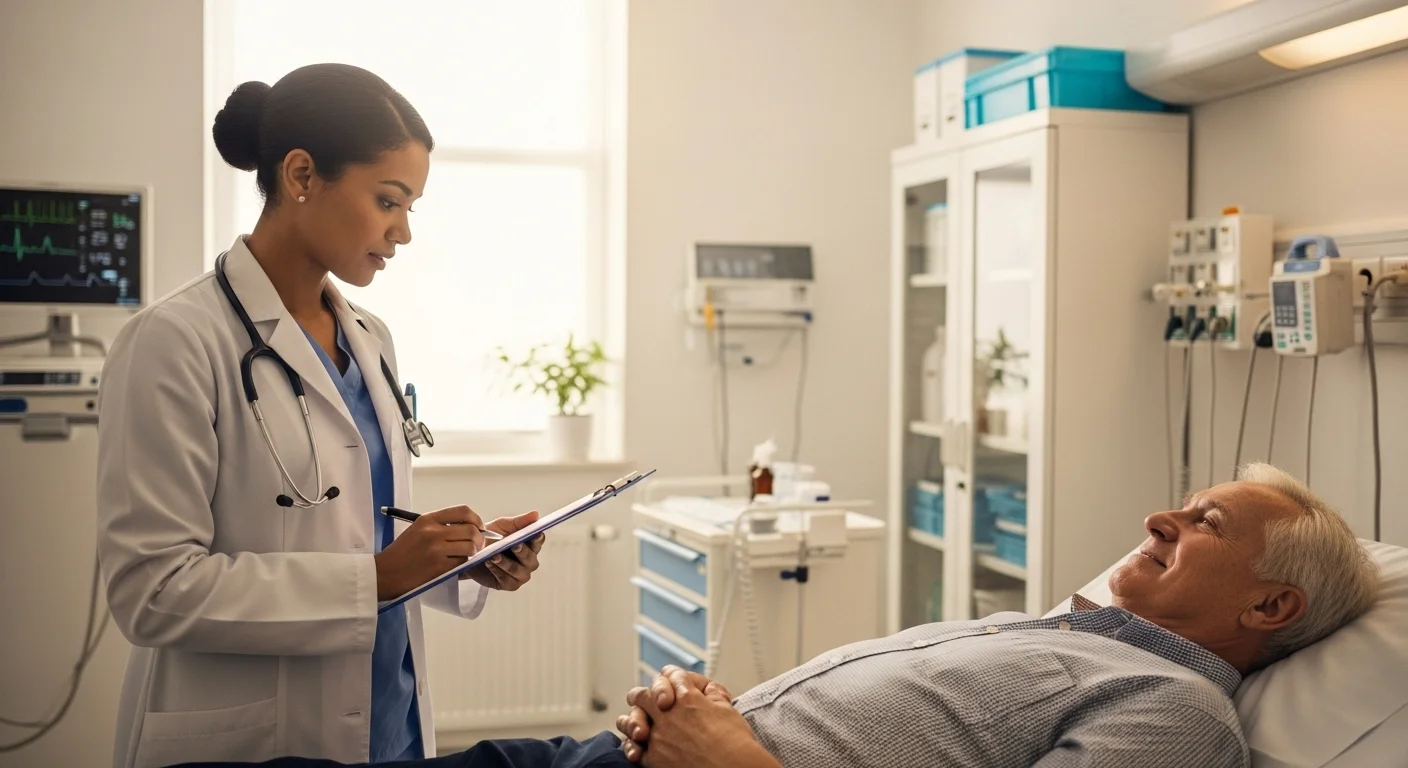Rare Disease Breakthrough: Supplement Helps Boy Walk Again
In a remarkable turn of events, an eight-year-old boy has regained his ability to walk thanks to a readily available over-the-counter supplement ingredient. This inspiring story, highlighted in a Nature study and reported by a major US newspaper, offers hope for individuals suffering from a rare genetic disorder.
A Rapid Decline
The boy’s journey began last summer when he started experiencing difficulty with movement. His condition rapidly deteriorated over a few months, eventually leading to the point where he required a wheelchair.
"His condition changed dramatically in a short period," his parents shared, choosing to remain anonymous. "He went from being the fastest runner in his class, playing soccer enthusiastically, to struggling to walk, often limping and falling."
Diagnosing the Rare Condition
The boy was eventually diagnosed with HPDL deficiency, a rare genetic disorder that impairs the body’s ability to produce sufficient levels of Coenzyme Q10, a compound crucial for cellular function.
HPDL deficiency arises when an individual inherits two mutated versions of the human HPDL gene, responsible for producing the Coenzyme Q10 enzyme. Insufficient Coenzyme Q10 can lead to difficulties in muscle control, impaired walking ability, and an increased risk of seizures. In some cases, HPDL deficiency can manifest later in adolescence, causing muscle weakness and stiffness even in otherwise healthy children.
The Limitations of Traditional Treatment
While the boy was prescribed Coenzyme Q10 supplements, their effectiveness was limited. The enzyme’s large size prevented it from effectively crossing the blood-brain barrier, hindering its ability to address the root cause of the problem.
A Novel Approach: 4-HB
A potential alternative existed: 4-HB, a component of Coenzyme Q10. This supplement can be concentrated into a water-soluble powder form that is small enough to cross the blood-brain barrier.
However, a challenge remained. Regulatory agencies have not approved Coenzyme Q10 or 4-HB as specific treatments for diseases or conditions. Coenzyme Q10 is generally available as an over-the-counter supplement marketed for energy enhancement and fatigue reduction.
Compassionate Use and a Remarkable Recovery
Despite the lack of formal approval for 4-HB, the boy’s parents, with the support of his doctors, secured permission from regulators to use it as an investigational drug for his specific case. The boy discontinued his Coenzyme Q10 regimen and began taking 4-HB supplements in a 600ml solution. The large volume of the liquid treatment initially caused nausea and vomiting, leading to a reduced dosage of 300ml.
Within a month of starting the treatment, the boy was able to walk again. He even walked nearly a mile through a famous park in New York City.
A Milestone in Rare Disease Treatment
According to a researcher involved in the study, administering 4-HB to the eight-year-old boy represents the first instance of its use in treating human HPDL deficiency. Prior research in 2021 had shown that 4-HB restored mobility in mice with HPDL deficiency, further supporting the potential of this novel approach.
This case offers a beacon of hope for individuals and families affected by rare genetic disorders, highlighting the potential of readily available supplements and innovative treatment strategies.




